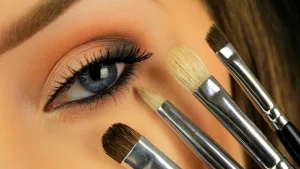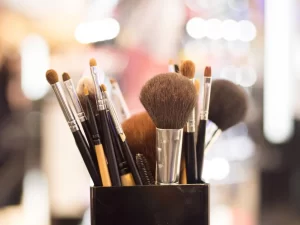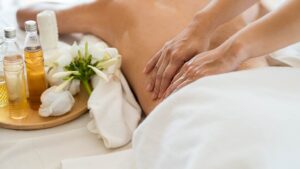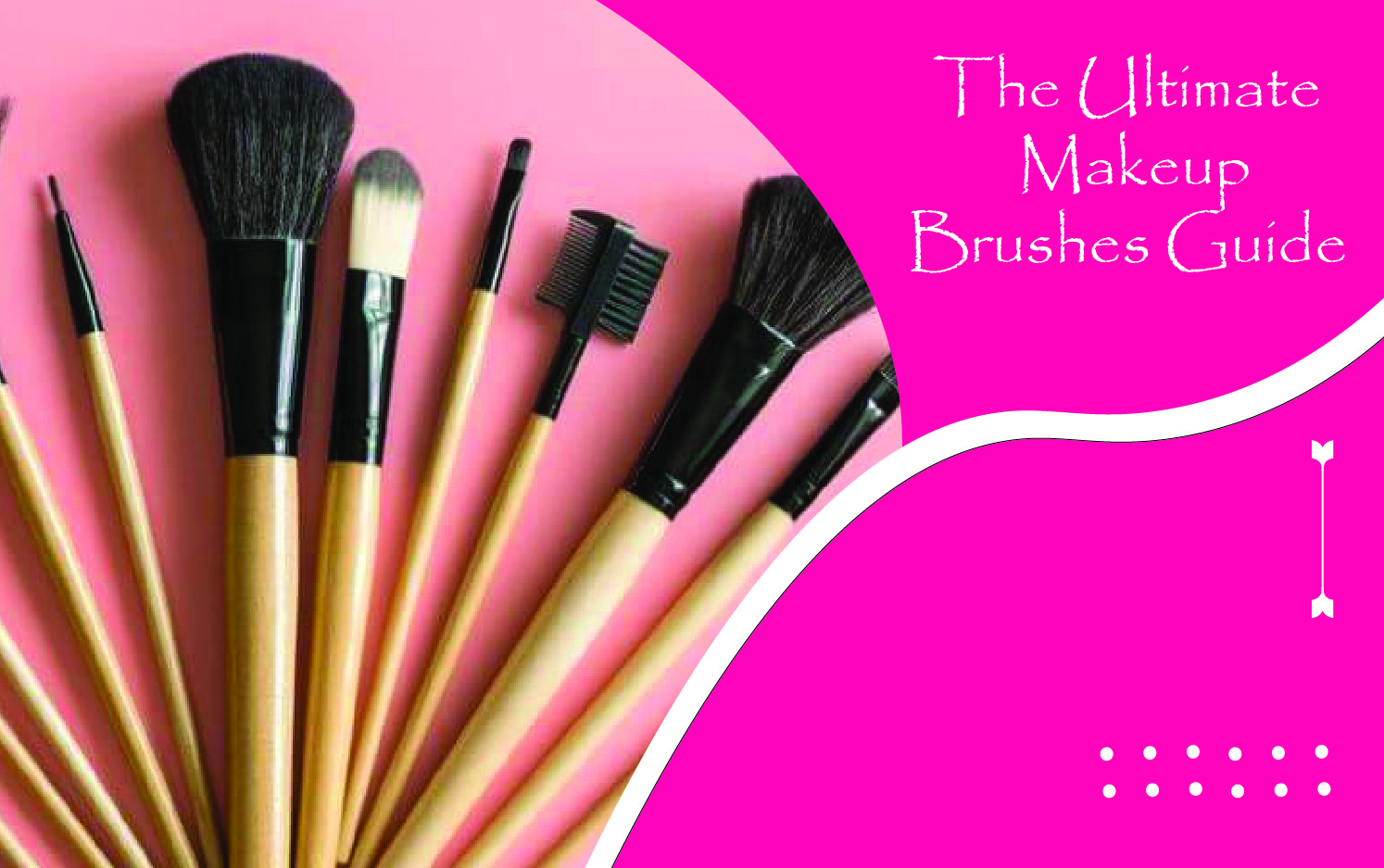
The right product selection is only half the work done when it comes to the flawless execution of makeup. The appropriate makeup tools also need to be selected and used. Given the myriad types of makeup brushes available today, selection can be daunting, whether you are a beginner or an experienced makeup artist. This all-inclusive guide will assist you in clearing all your queries related to makeup brushes, their types, and their usage.
In this article, we will look at the various types of brushes, the explanation behind each one of them, the materials they are crafted from, their proper usage techniques, and even some little-known details about stippling brush painting methods. Let us begin.
Why Makeup Brushes Matter: The Purpose Behind Each Tool
Makeup brushes are tools that aid in the application of makeup. They are used to place, blend and refine contours of foundation, eyeshadow, bronzer and even lipsticks. Each brush serves its very own purpose, and using it correctly ensures a seamless and professional finish.
As per the Statista survey, 65% of makeup lovers strongly agree that having suitable makeup product brushes improves makeup application.
Graph: Importance of Using Proper Makeup Brushes

| Purpose | Percentage of Makeup Users Who Agree |
| Better Blending | 68% |
| Smoother Application | 65% |
| Longer-Lasting Makeup | 54% |
| More Hygienic | 59% |
| Professional Finish | 72% |
What Are Makeup Brushes Made Of?
Makeup artists use two main types of bristles when creating makeup brushes:
- Natural Hair Brushes: Uses animal hair from goats or sables and is best suited for loose powder products.
- Synthetic Brushes: Made of cruelty-free options like nylon or polyester, they are better suited for liquids and creams.
Fun Fact:
Today, the use of vegan caring products is on the rise, and so is the use of synthetic bristles, which perform like natural hair is on the rise!
Different Types of Makeup Brushes and Their Uses
-
Foundation Brush
- Flat Makeup Brush: Best for use with liquids or cream foundations as it provides an even application devoid of streaks.
- Stippling Brush: Designed for an airbrushed look and creates light, buildable coverage using the dotting technique.
-
Concealer Brush
- Small Makeup Brush: Used to conceal blemishes and dark under-eye circles and provides accuracy when using makeup.
-
Powder Brush
- Round Makeup Brushes: Large and fluffy to apply loose or pressed powders without caking.
-
Blush Brush
- Slightly smaller than a powder brush, so it is perfect for providing warmth to the cheeks and contour.
-
Contour Brush
- Tightly packed bristles allow for the definition of cheekbones, jaw, and nose.
-
Highlighter Brush
- Tapered brush to dust highlighter onto cheekbones, nose bridge, and cupid’s bow.
-
Eyeshadow Brushes
- Flat Shader Brush: It picks a color and then applies it to the eyelid.
- Blending Brush: Soft, fluffy brush used to blend triplicate colors on the eyelids.
- Angled Brush: Suitable for the middle crease as well as the outer V eyes
-
Eyeliner Brush
- Fine tip/thin bristles used to apply gel or cream eyeliner.
-
Eyebrow Brush
- Used to fill and shape the brows, it comes with a stiff, angled brush accompanied by a spoolie.
-
Lip Brush
- Carving out and coloring the lips requires a fine-tipped brush.
Graph: Popularity of Different Makeup Brushes
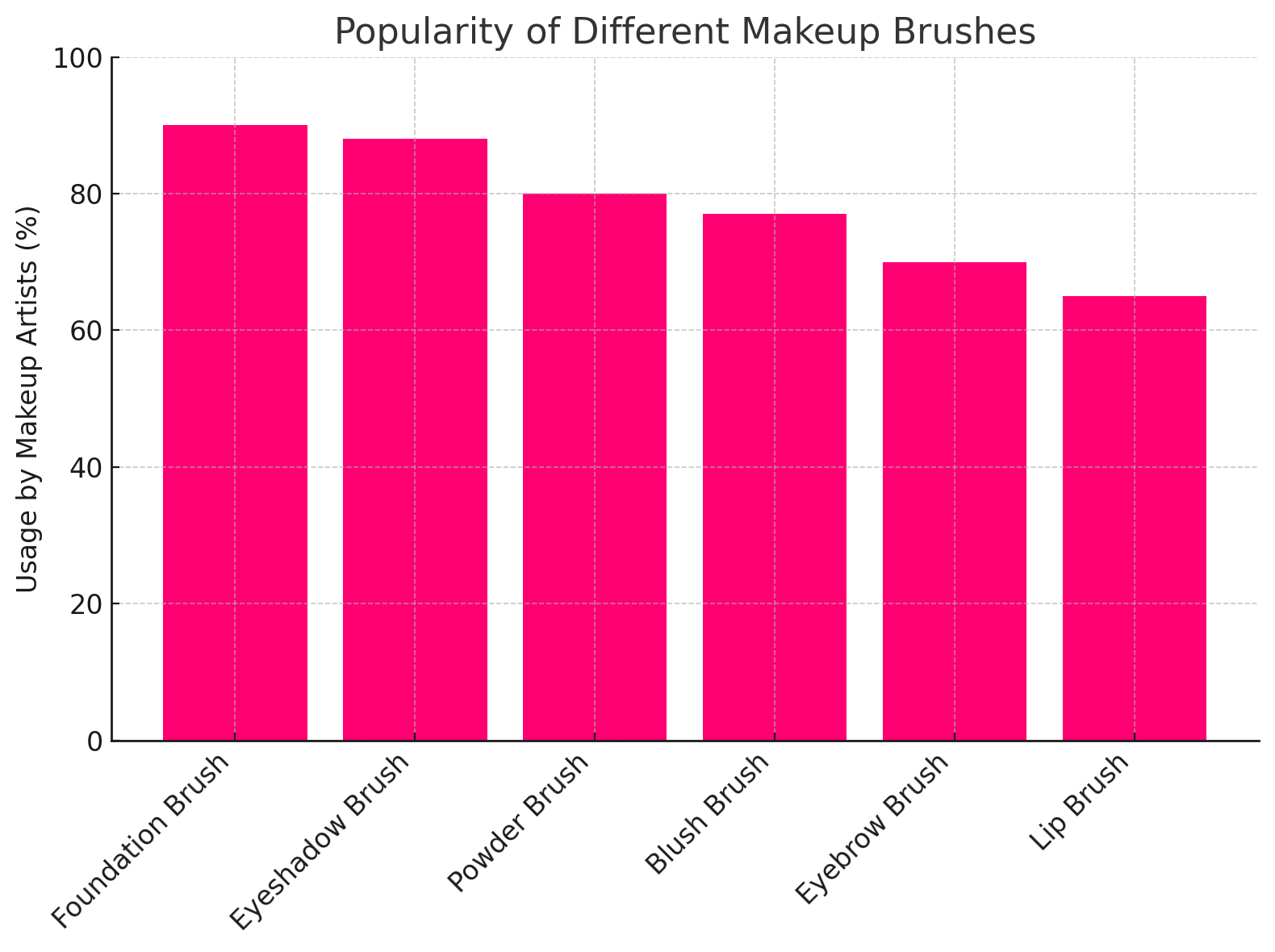
| Brush Type | Usage by Makeup Artists (%) |
| Foundation Brush | 90% |
| Eyeshadow Brush | 88% |
| Powder Brush | 80% |
| Blush Brush | 77% |
| Eyebrow Brush | 70% |
| Lip Brush | 65% |
Brush Stippling: What Is It and Why Is It Important?
Brush stippling is a technique that falls under the larger category of beauty makeup. Applying foundation or blush with a stippling brush involves ‘dabbing’ as opposed to sweeping, which results in:
- Subtle touch that seamlessly blends.
- A streakless appearance when compared to more traditional brushes.
- Coverage that does not appear to be thick or obvious.
Stippling Brush Painting is also used in body painting and special effects makeup to create textured looks.
Different Styles of Makeup Brushes Explained
There are various different styles of makeup brushes, each designed for a unique purpose:
| Style | Purpose |
| Flat Brush | Foundation and concealer application |
| Fluffy Brush | Blending powders and eyeshadows |
| Angled Brush | Precise contouring, blush, and brows |
| Pointed Brush | Detailed application in small areas |
| Fan Brush | Dusting off fallout and applying highlights |
Best Practices Regarding Use of Cosmetic Brushes
Here is a simple list:
- Foundation Brush: Begin from the center of the face and blend outward.
- Powder Brush: Before sweeping across the face, tap off excess powder.
- Blending brush: Eyeshadows can be blended using circular motions.
- Lip Brush: For precision, begin from the center of the lips and work outward.
- Contouring Brush: Hollows of the cheek will be the area where the product is applied.
What Each Makeup Brush Does: A Quick Cheat Sheet
| Brush | Use |
| Foundation Brush | Liquid/Cream Foundation |
| Powder Brush | Setting Powder |
| Blush Brush | Blusher Application |
| Contour Brush | Sculpting Face |
| Highlight Brush | Apply Highlighter |
| Eyeshadow Brush | Apply & Blend Shadows |
| Eyeliner Brush | Draw Precise Lines |
| Lip Brush | Lip Color Application |
Graph: Natural vs Synthetic Brushes Preference
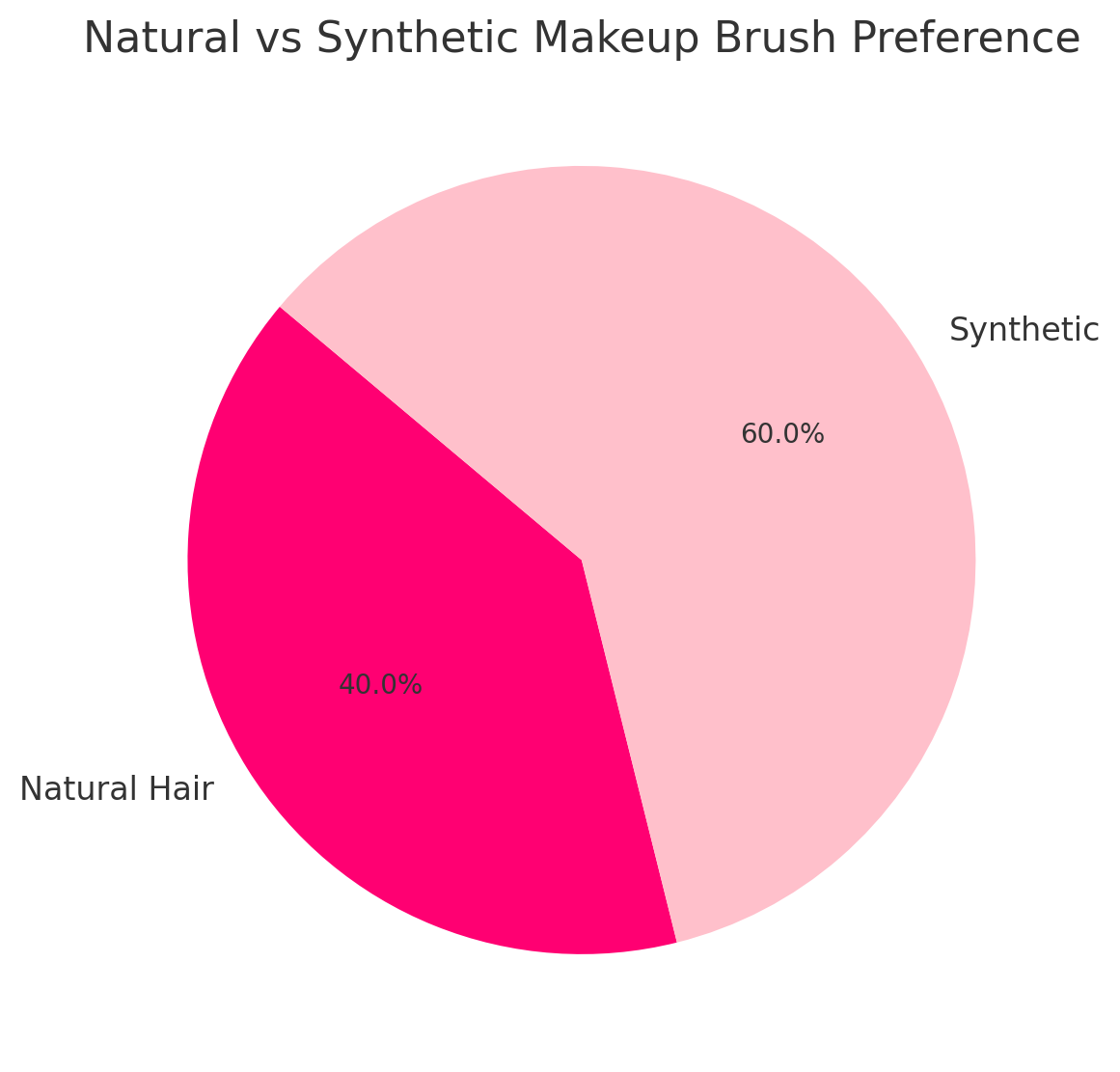
| Brush Type | User Preference (%) |
| Natural Hair | 40% |
| Synthetic | 60% |
Makeup Brushes and Their Purpose: Understanding the Basics
Identifying makeup brushes and functions will greatly help in improving your routine in beauty. Makeup brushes, what are they used for? These are not just fancy tools; these ensure your makeup is presentable, perfectly blended and lasts long.
Tips for Maintaining Your Makeup Brushes
- Clean regularly: Once a week for foundation/concealer brushes; once every two weeks for powder brushes.
- Use a mild detergent: Baby shampoo or brush shampoo will work.
- Correctly Dry: It should be laid flat so water cannot enter the ferrule.
FAQs About Makeup Brushes and Their Uses
- How do I choose a good brush?
In good brushes, consider the quality of the bristles (synthetic or natural), density, handle comfort, and toughness. The bristles should not be excessively soft to the point where they are not usable while also being firm enough to properly apply makeup without shedding.
- Which brush to use for foundation?
A flat makeup brush or a stippling brush works best for liquid and cream foundations. They help achieve a smooth, streak-free finish and blend foundation nicely, helping the aesthetics blend into the skin.
- Are brushes or blenders better?
Both forms have their benefits. Brushes offer more precision as well as full coverage but a beauty blender provides a more natural sheen to the skin. It often depends on the type of product and the finish one prefers.
- What is most important when buying makeup brushes?
Their material (natural vs synthetic), softness of the bristles, proposed use (face, eyes, lips) and ease of cleaning are the most important items regarding makeup brushes. Ultimately, purchasing long-lasting, multipurpose tools is best for your wallet.
- What is a spoolie brush?
A spoolie brush is a cosmetic tool that can be compared to a mascara wand. It grooms eyebrows and separates lashes. Furthermore, a spoolie is useful for smoothing out the harsh lines created when applying brow pencil or eyebrow gel. It is truly an indispensable tool in every beauty kit.
- How often should I clean my makeup brushes?
Makeup brushes that come into contact with liquid or cream-made products, foundation, should be washed at least once a week. Brushes for powdered products may be cleaned every two to three weeks. Regular cleaning allows for great application of makeup without excess bacteria.
- Can I use one brush for multiple products?
While it is technically feasible to use one brush for different products, it is cleaner and more efficient to use a brush for each product or to have one brush designated per product. Without doing that, several products may use the same brush which means mix-matching of color and texture might occur.
- What are the basic brushes every beginner should have?
An aspiring makeup artist should start with the following brushes: a foundation brush, a powder brush, a blending brush, a flat brush for eyeshadow, an angled frame eyebrow brush, and a spoolie. This is the epitome of versatility when it comes to basic makeup.
- What are makeup brushes made of?
The makeup brushes are made using strands of natural hair from animals like goats, sable, or ponies, or even synthetic materials like nylon or taklon. Nowadays, synthetic brushes are widely used because they are not made using animal products and are hypoallergenic
- What is a stippling makeup brush used for?
A stippling makeup brush is best used when you want to obtain a soft-focus, airbrushed finish. It’s ideal for foundation, cream blush, or light powders and can be applied by dabbing the product onto the skin for a smooth, buildable look.
Final Thoughts
Understanding the correct functions of makeup brushes makes them appealing to beauty beginners and makes them an expert in no time. In case you were having second thoughts that makeup brushes serve different purposes, knowing how to appreciate your tools and getting enough practice will be the answer.
The purchase of multifunctional brushes is very helpful for someone aspiring to boost their makeup skills.
Don’t forget that while makeup is an art; your brushes become your tools and weapons to face any challenge.

